
We have been here all along
C&EN's 2021 Trailblazers issue, curated by guest editor Paula Hammond, celebrates Black chemists and chemical engineers
Advertisement
Trailblazers 2021 guest editor Paula Hammond is the David H. Koch Chair Professor of Engineering and head of the Department of Chemical Engineering at the Massachusetts Institute of Technology. A pioneer in nanomaterials and drug delivery, she is also the cofounder of LayerBio, an associate editor at ACS Nano, and a member of all three National Academies (Sciences, Engineering, and Medicine). Hammond is also a member of C&EN’s advisory board.
It is with great excitement that I introduce this special issue on Black Trailblazers in the chemical sciences and engineering! This issue celebrates the work and legacy of Black chemists and chemical engineers at all career stages, throughout the US, in their own voices.

This issue has special meaning to me. I know the impact of having scientific role models who have the same heritage and background, who have faced many of the same or perhaps greater obstacles. I was fortunate to have my own father to look up to. A PhD biochemist and among the first Black men in his academic cohort to receive the degree at his institution in the 1950s, he would become the director of health laboratories for the city of Detroit. My mother was dean of nursing at Wayne County Community College (now called Wayne County Community College District). Their examples shaped my perspective and showed me what I could achieve. I did not have to reach far to find examples of African Americans making a positive impact on the world through science and education.
However, this experience is not a common one for Black scientists and other scientists of color. Inspiration comes from within homes, communities, and the broader world—and it is key that when young Black people and other underrepresented people look around these places, they see chemists and engineers who look like them. Exposure is key to engaging future chemists and chemical engineers. We must introduce a more diverse group of young people to the opportunities that science provides and the many options that await them in chemistry.
As we learn from several of the personal stories highlighted in this issue, such exposure can take many forms, but that first connection to science and research is critical to engage and inspire the next generation.
It was especially important to me to highlight and celebrate Black scientists and technologists in the US in this special issue of C&EN. For centuries, our national narrative has centered on images of scientists and engineers that are predominantly White and nearly uniformly male. This has created a world in which Black Americans do not feel a part of the scientific venture, and thus we cannot fully realize the opportunity and impact that the Black perspective can bring to science, technology, engineering, and medicine. Nor can we fully realize the good we can do for our communities through science, technology, engineering, and math (STEM).
In the worst case, Black people’s sense that we do not have a voice in the scientific enterprise can lower our community’s participation in critical areas of need, such as getting vaccinated or exposing kids to STEM education.
Without awareness of the significant contributions or even presence of Black participants across scientific fields in the US, our efforts and our work go unrecognized. When we tell stories of Black scientists, students of color who are considering future careers hear evidence that they can go beyond existing in the scientific world—they can thrive in it. It is important that we hear the voices of Black chemists, chemical engineers, and technologists—what inspires them, why they chose their paths, and how they are improving the world through their science.
The history of Black people in chemistry in this country is a long and deep one. Indeed, we have been here all along. Past trailblazers include chemist Alice Ball, who isolated the key active ingredient for leprosy treatment in 1922. There’s Percy Lavon Julian, a chemistry PhD and scholar whose work led to the key synthetic route to a glaucoma drug and the development of fire-retardant foams. Julian founded a chemical company in the 1950s. And Bettye Washington Greene, the first Black female PhD chemist at Dow, developed several colloidal and latex materials.
These historical figures, and others you will read about in this package, are but a handful of many names. We must recognize them and numerous other outstanding early contributors to the chemical sciences and engineering, many of whom were the first or among the first to achieve graduate degrees at their institutions or to found or lead companies, departments, or organizations within the field. These names are not in textbooks, and their presence is not generally a part of the national dialogue around chemical discovery. Yet they made important and lasting contributions—discovering molecules, engineering systems, and impacting our field through significant scholarly and practical developments.
Turning to the present day, I had a very difficult time narrowing down the list of accomplished scientists and engineers to the Trailblazers featured in this special issue. Many outstanding chemists and chemical engineers could not be mentioned only because of fit and scope. However, it is inspiring to know the expanse of excellence that these featured scientists represent. I worked closely with the C&EN editorial staff to locate people who are at different career stages. It was important to me not only to celebrate highly distinguished scholars at the top of the field but also to highlight those excelling midcareer and early in their careers. The breadth of stories in this issue illustrates the progression of work and the learning that takes place at every career point, showing how a chemist or chemical engineer’s career evolves over time.
Furthermore, we chose to present scholars and researchers who trained at and work at a range of US institutions. For example, this issue reveals the huge impact that our historically Black colleges and universities have had on educating a diverse scientific workforce. This Trailblazers issue also shows the role of our public universities and our most elite private institutions and showcases the fact that a great career can be formed from any or all of these kinds of institutions. Another important form of diversity in the issue is the breadth of the African diaspora and the large and diverse Black community that has formed in our nation. This includes Black scientists whose families have been in the US since the slave era, as well as those whose families arrived in this country more recently from the Caribbean islands and from the African continent, sometimes via other countries.
I hope that this issue will inspire all who read it. It is full of examples of incredible work. We hear about the discovery of a molecule that might act as the next therapeutic against prostate cancer and about a technology to regenerate torn knee ligaments. Our colleagues share inspirational stories, many of which come with a personal perspective. For example, we learn about exciting science applied to address sickle cell anemia—led by a biochemist who has the disease. We hear about efforts led by a Nigerian American to address tropical diseases that have real global impact but garner less funding and attention in the US. We find that we are on the cutting edge in every area. Black chemists and chemical engineers are innovators in flexible electronics, smart sensors, light-emitting diodes, and new materials.
And we are reminded of the power of collaborating, through stories of lifelong research partnerships and high-impact, multimillion-dollar centers of research that address soft matter and sustainability.
This issue also provides a unique opportunity to hear these perspectives told through the voices of Black scholars and writers so that we can appreciate the impact of community, mentorship, and visibility. One of the things I am most proud of in this issue is the fact that the entire package was written and told through Black voices, with the exception of some historical profiles previously published on C&EN’s website. All the original photography comes from Black creators. Black science writers wrote the contemporary biographical articles in this issue, thus enabling a telling of the Trailblazers’ stories that highlights aspects of particular relevance to our community. The package also includes conversational interviews between established Trailblazers and graduate students or postdoctoral scholars. In those articles, we feature the exchange between scientists at different career points as they share excitement around the science, messages of encouragement, and hope that spans generations.
In bringing into focus the unique lives of this set of accomplished Black scientists in chemistry and chemical engineering, I hope this issue opens the door to constant recognition of our presence in the field. We have always been present in the sciences—but now more than ever, not only scientists but all citizens must appreciate and acknowledge the contributions of Black people and other people of color. We must find ways to continue to raise our voices and celebrate our work. As a nation, we all benefit from the huge talent gained when everyone is included in the scientific enterprise.


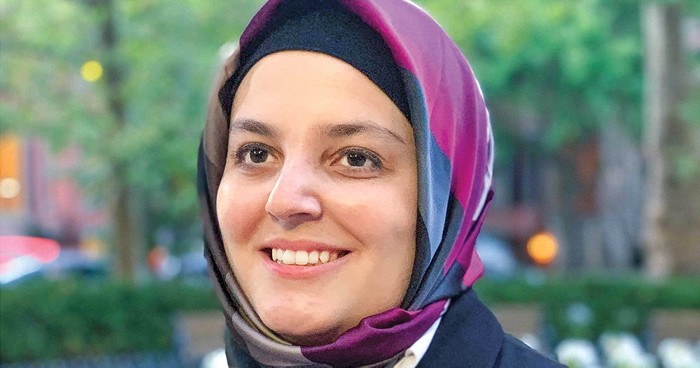
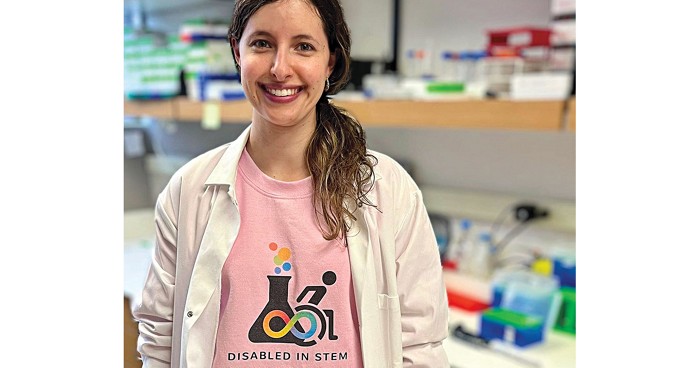
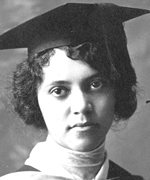
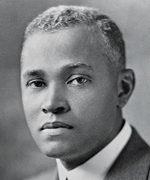

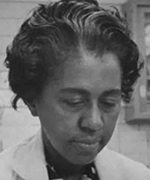

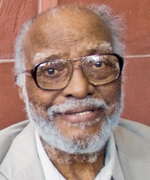
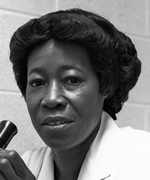
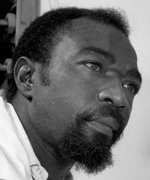
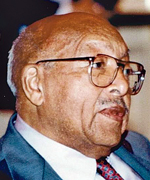
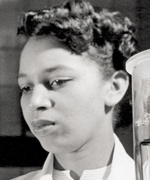
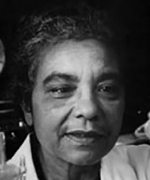
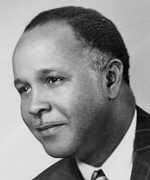
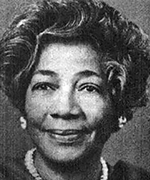


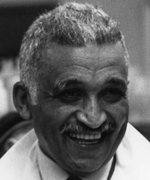
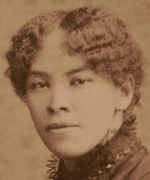

Join the conversation
Contact the reporter
Submit a Letter to the Editor for publication
Engage with us on Twitter